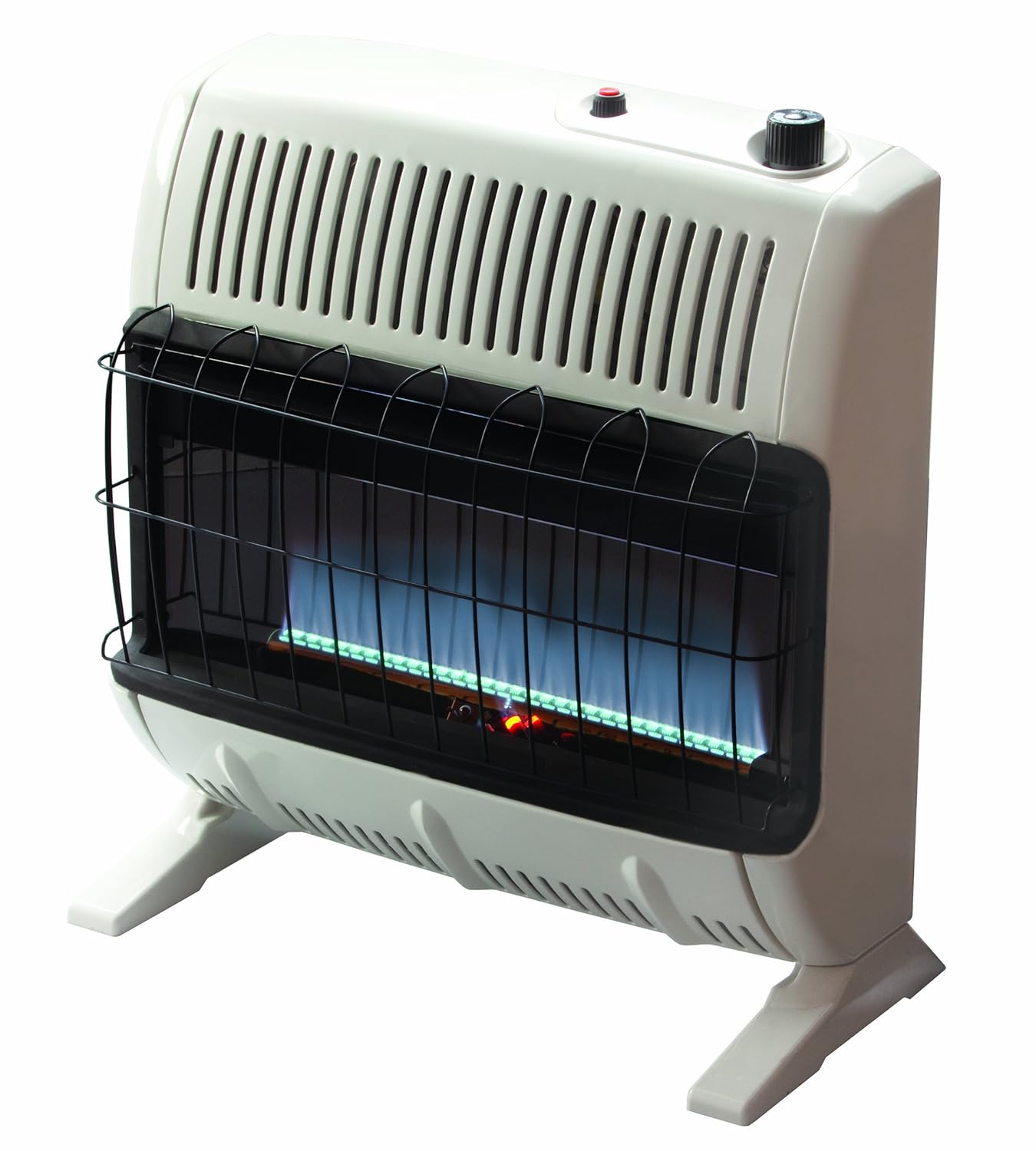How do you guys keep your basement warm?
I've got my PH setup on the first floor of a 2 story Bungalow house. Things are great on the living floors. The gas furnace never kicks on unless it is extremely cold on an overnight load. However with the furnace never running the basement is extremely cold. Not that it provided much warmth but the furnace and the hot water heater kept it manageable.
There was a frozen copper pipe that was a part of my forced hot water system down there last night. I'm very glad that it didn't burst and thanks to the wife's hair dryer we are out of trouble.
Any suggestions would be more than welcome.
I've got my PH setup on the first floor of a 2 story Bungalow house. Things are great on the living floors. The gas furnace never kicks on unless it is extremely cold on an overnight load. However with the furnace never running the basement is extremely cold. Not that it provided much warmth but the furnace and the hot water heater kept it manageable.
There was a frozen copper pipe that was a part of my forced hot water system down there last night. I'm very glad that it didn't burst and thanks to the wife's hair dryer we are out of trouble.
Any suggestions would be more than welcome.



